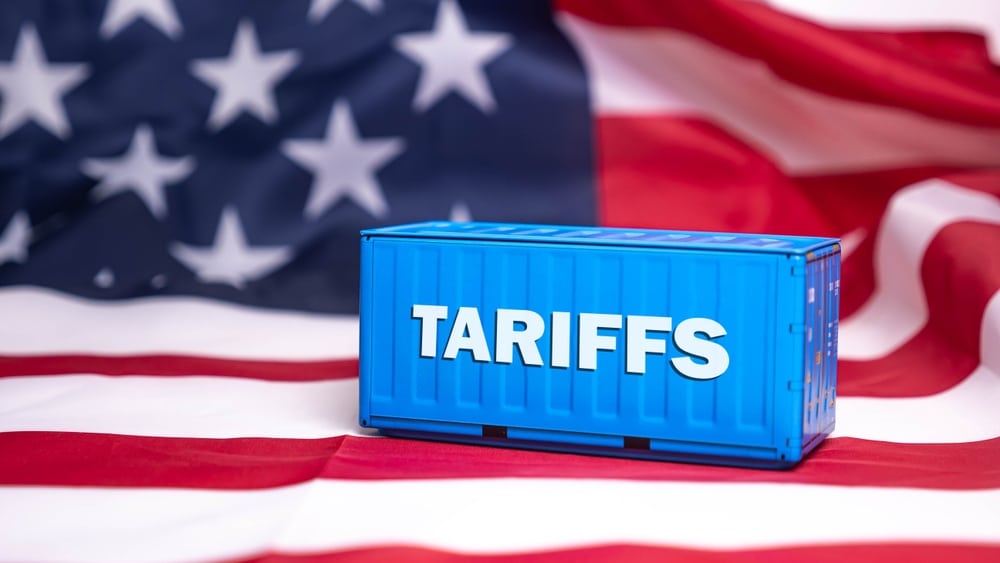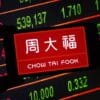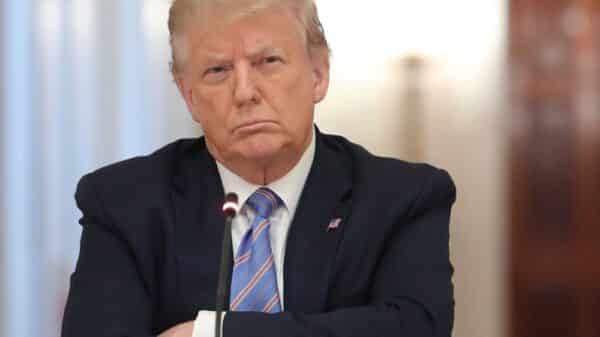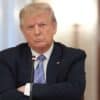On August 6, 2025, U.S. President Donald Trump announced an executive order that places a 25% tariff on a range of Indian goods. This move arises from India’s ongoing imports of Russian oil, thereby intensifying the already strained relations between the two nations. With this decision, tariffs on select Indian products could escalate to as high as 50%, marking one of the most severe tariff arrangements imposed on a U.S. trading partner in recent years.
This development comes in the wake of stalled trade negotiations, raising concerns not only among American and Indian businesses but also among global trade analysts who foresee substantial disruptions in trade flows.
Affected Sectors: Textiles, Footwear, Gems, and Jewelry
The immediate fallout of this tariff increase is expected to hit vital Indian export sectors, particularly textiles, footwear, and gems and jewelry. These industries are major pillars of India’s economy and contribute significantly to employment and foreign exchange earnings. Analysts warn that the steep tariffs could render exports to the U.S. virtually unviable, which could result in negative repercussions for the broader Indian economy amidst calls for fiscal support from various sectors.
India’s Response: A Stand on National Interests
In response to the U.S. tariffs, India’s external affairs ministry released a statement asserting its commitment to protect its national interests. The message from Indian officials underscores the notion that recent imports are driven by essential market factors and a quest for energy security for its vast population of 1.4 billion. This official posture suggests a growing resolve within the Indian government to navigate the complex interplay of global energy dependencies and diplomatic tensions.
The Bigger Picture: Global Alliances and Energy Security
Interestingly, this executive order comes at a crucial time when Indian Prime Minister Narendra Modi is preparing for a significant visit to China—his first in over seven years. This timing hints at a potential realignment of alliances as India’s ties with the U.S. continue to erode. The geopolitical landscape is rapidly shifting, raising questions about how these tensions will shape future trade relationships not only between the U.S. and India but also in the broader context of U.S.-China relations, particularly concerning their mutual imports of Russian oil.
Economic Implications: Pressure on the Rupee and Growth
Economists predict that exports from India to the U.S. may suffer greatly. Madhavi Arora of Emkay Global highlighted the drastic implications of such tariff rates, suggesting that they could stifle trade altogether. Furthermore, Garima Kapoor of Elara Securities expressed concerns about potential pressures on the Indian rupee and emphasized that business and economic risks are becoming more pronounced.
Next Steps: Negotiating a Compromise
Despite the harsh realities of this decision, there are indications that Indian officials are feeling the weight of this crisis. There is a growing acknowledgment of the need to return to the negotiating table, which could involve a phased approach to reducing imports of Russian oil alongside energy diversification strategies to alleviate some of the trade tensions.
Conclusion
The imposition of high tariffs represents a pivotal moment in the U.S.-India relationship, illustrating how global commodities and political alliances can intricately influence trade. As both nations grapple with these changes, it remains to be seen how they will navigate this complex landscape to find a more favorable outcome for their economies and strategic interests. The coming weeks will be crucial in determining the trajectory of this relationship, as both nations weigh the advantages of negotiation against their national interests.
Image Source: Tama2u / Shutterstock



























